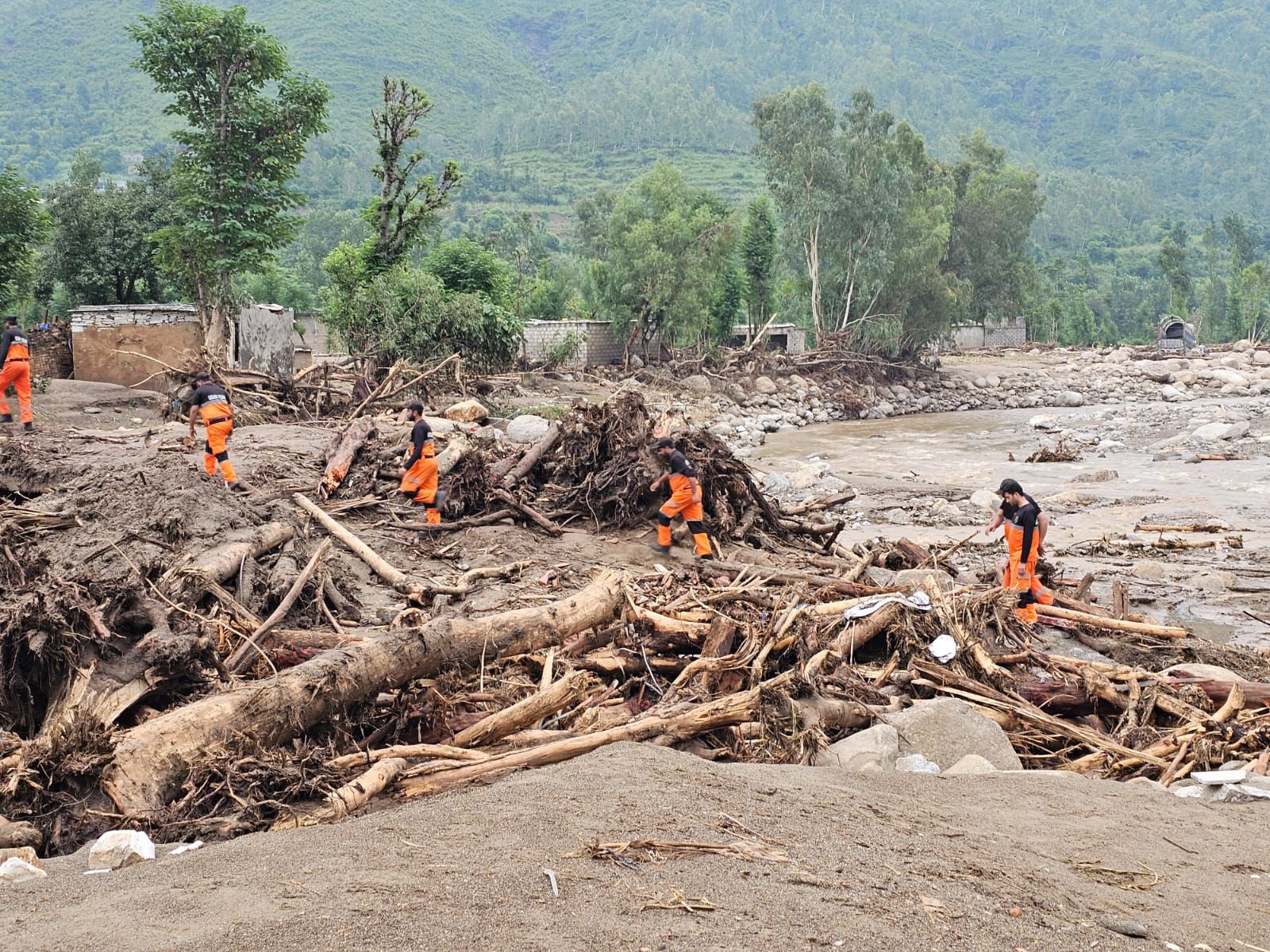What we’re watching: Weekly disaster update, August 18

We know all too well that disaster can strike anytime, anywhere in the world. Some disasters make headlines; others do not. Here at the Center for Disaster Philanthropy (CDP), we monitor the status of disasters worldwide and compile a list of the ones we’re tracking weekly, along with relevant disaster-related media coverage.
Here’s what we’re watching for the week of Aug. 18, 2025.
New or Emerging Disasters
Disease outbreak – Sudan: As the war in Sudan has displaced hundreds of thousands of people to refugee camps that can’t support the growing population, potable water, health services and hygiene infrastructure have become scarce. Families have had to resort to using contaminated water, and many people have contracted cholera as a result.
Sudan has had nearly 100,000 suspected cases of cholera and has reported more than 2,400 cholera-related deaths since the country’s health ministry declared an outbreak a year ago. The cholera outbreak in Sudan has the potential to spread to other parts of Africa, endangering more people.
“As populations move, so does the disease,” said Sheldon Yett, UN Coordinator for Sudan.
Extreme heat – Arizona: As Phoenix endures record-breaking summer heat, people experiencing homelessness are facing life-threatening conditions, including dehydration, heatstroke and severe burns from prolonged exposure to extreme temperatures that often exceed 110 degrees. Nonprofit street medicine teams like Circle the City provide critical on-the-ground care with IV fluids and heat relief services. However, the rising heat and limited shelter capacity highlight the urgent need for expanded resources to protect this vulnerable population.
The escalating crisis underscores the deadly impact of climate change on people experiencing homelessness, who lack safe places to escape the relentless sun and are increasingly suffering from both physical injuries and chronic health issues related to heat exposure.
Flooding – Pakistan: At least 350 people have been killed since Thursday from extreme flooding in Pakistan, mostly in Buner province. More than 150 people are still missing, and 180 are injured. The rushing waters triggered rockslides, which buried houses and buildings.
While other regions in Pakistan have suffered damage, the mountainous region has been hardest hit. This area is glaciated, and torrential rains caused by a cloudburst, along with melting glaciers, contributed to the flash flooding. Since June 26, over 650 people have been killed by flooding in Pakistan.
Hurricane Erin – The Caribbean, U.S.: Hurricane Erin, a rapidly intensifying hurricane, is not expected to make direct landfall. However, high winds, rain and dangerous waves left over 50,000 customers in the Virgin Islands and Puerto Rico without power as the outer bands of the storm reached the islands. Tropical storm strength winds and heavy rain are expected to batter Turks and Caicos and the Bahamas.
North Carolina’s Outer Banks are under an evacuation warning, with waves expected to reach 20 feet by Thursday, Aug. 21. The storm, which briefly strengthened to a Category 5 before weakening to a Category 4, will produce life-threatening waves and rip currents along the East Coast of the United States.
Previous/Ongoing Disasters
Wildfires – Europe: Europe is facing an unprecedented wildfire crisis fueled by record-breaking heat waves and prolonged drought, leading to mass evacuations of thousands of residents across Spain, Portugal, Greece and Albania.
Over 2.4 million acres have burned so far, double the average for this time of year. At least eight people have died across southern Europe. Despite massive firefighting efforts involving thousands of personnel and international assistance, the fires have destroyed homes and forests, exposing the severe challenges posed by climate change and insufficient investment in forest management and fire prevention.
Complex Humanitarian Emergencies – Afghanistan
When a country experiences political conflict, climate shocks, famine, economic challenges or other conditions, it may suffer a complex humanitarian emergency (CHE). CDP maintains complete profiles on several CHEs. Every week, we highlight these and other CHEs, hoping to build awareness and increase philanthropic response.
Afghanistan’s humanitarian crisis is unprecedented in scale and severity, marked by strained aid resources, surging vulnerability, political instability, drought, displacement and the return of millions of Afghans to a country already struggling to meet basic needs. Afghan women and girls live under systematic exclusion and oppression enforced by the Taliban’s harsh edicts.
- A dramatic increase in returnees is straining humanitarian resources: 1.6 million Afghans returned from Iran and Pakistan in 2024, with 539,000 arriving in July 2025 alone.
- Among returnees, women and girls face the greatest risk of poverty, early marriage, exploitation and denial of education. Most arriving families lack shelter, livelihoods and access to essential services. Restrictions on female mobility further compound hardship.
- Afghanistan remains the only country where girls and women are banned from secondary and higher education.
- Women are systematically excluded from the workforce and public roles, eliminated from political and legal participation, and forbidden from most jobs. Women cannot serve as judges, attorneys or prosecutors, effectively stripping them of access to legal rights and justice.
- Severe drought is threatening further displacement, deteriorating food and water security.
- Food aid and health services are extremely strained, with nutrition centers running out of supplies within days.
- Nearly 5 million children, or about 20% of children in Afghanistan, face ‘crisis’ or ’emergency’ levels of food shortages.
- Funding for food assistance has been cut by 40%, with the average number of people targeted for aid before October 2025 reduced from 14% to 1% of the population.
The U.S. suspension of foreign assistance, along with funding cuts from other donors (France, Sweden, UK), has led to a sharp reduction in resources for Afghanistan’s humanitarian response. As of August 2025, funding is $144 million less than last year, directly cutting relief efforts. Without additional funding, WFP’s general food assistance may face drastic cuts in October, risking millions of families losing access to food support.
What We’re Reading
- Kabul is running dry and solutions might come too late – The New York Times
- How the rapid spread of misinformation pushed Oregon lawmakers to kill the state’s wildfire risk map – ProPublica
- Disasters and the Gulf Coast 20 years after Katrina – Substack
A moment of hope… Somalia is experiencing an agricultural revolution. With improved veterinary care, better feed and modern milking practices, camel milk has doubled production at farms like Beder Camel Farm. Camel milk yogurt, produced for the first time in Somalia, offers significant nutritional benefits, including lower lactose content and higher levels of vitamins C, B12, D, iron and zinc, addressing local malnutrition challenges.
As demand for camel milk has grown, local entrepreneurs are finding ways to tap this resource’s potential and create jobs simultaneously. Beder Camel Farm, for example, employs nearly 200 full-time staff and aims to expand its network. By training pastoralists, camel milk businesses are boosting employment, Somalians’ health and pride in Somali products.
